We put the Realme GT 2 Pro through our rigorous DXOMARK Audio test suite to measure its performance both at recording sound using its built-in microphones, and at playing audio back through its speakers.
In this review, we will break down how it fared in a variety of tests and several common use cases.
Overview
The Realme GT 2 Pro is positioning itself as a heavy hitter with a reasonable price tag. Powered by the Snapdragon 8 Gen 1, and with a display that has a 120 Hz refresh rate, it does have some flagship features. On the audio front, it boasts “super linear dual speakers, dual-mic noise cancellation,” Dolby Atmos and Hi-Res audio certification. With its global audio score of 60 in our database, however, the RealMe device lands in slightly-below average territory, putting it alongside the Oppo Find X3 Neo, for example, which notched a 61. The GT 2 Pro is about average in playback, and less than adequate as a recording device. At maximum volume, the device delivers a decent performance in both timbre and dynamics, although there is a lack of low-end and punch. At nominal volume, the tonal balance is dull. Recordings produced by the Realme GT 2 Pro show some strong resonances, with an aggressive mid-centric timbre and some distortion in all use-cases. Recordings do not sound natural and are quite distorted.
Key audio specifications include:
- Top front-firing, bottom side-firing
- USB Type C port
- Dolby Atmos
Scoring
Sub-scores and attributes included in the calculations of the global score.
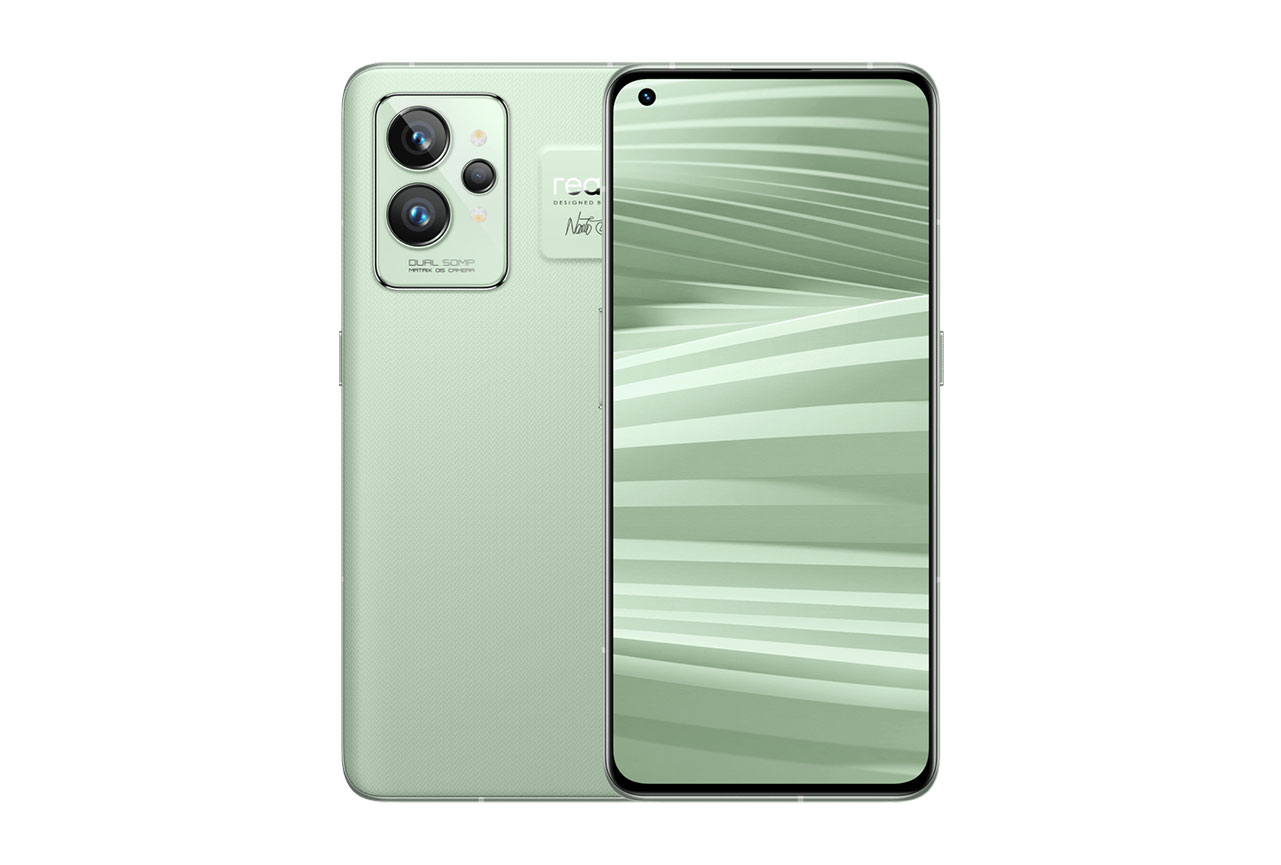
Realme GT 2 Pro


 158th
158th 45th
45thPlayback
Pros
- Satisfactory performance at maximum volume
- Snappy attack, even at maximum volume
Cons
- Dull tonal balance at nominal volume
- Disappointing volume performance
- Lack of low-end
Recording
Cons
- Poor timbre performance, with midrange-centric tonal balance
- Poor dynamics performance
- Severe resonances and some distortion
Test summary
About DXOMARK Audio tests: For scoring and analysis in our smartphone audio reviews, DXOMARK engineers perform a variety of objective tests and undertake more than 20 hours of perceptual evaluation under controlled lab conditions.
(For more details about our Playback protocol, click here; for more details about our Recording protocol, click here.)
The following section gathers key elements of our exhaustive tests and analyses performed in DXOMARK laboratories. Detailed performance evaluations under the form of reports are available upon request. Do not hesitate to contact us.
Playback
Realme GT 2 Pro
163
DXOMARK engineers test playback through the smartphone speakers, whose performance is evaluated in our labs and in real-life conditions, using default apps and settings.
The Realme GT 2 Pro delivers a midrange-focused but rather neutral tonal balance, which is both a bit dull and a bit thin. This contributes to a versatile albeit bland sonority. The quality of the timbre changes with the volume: The GT 2 Pro performs a bit better at high volume depending on the content being played. Treble lacks strength and fullness overall. While bass is still perceptible in its upper part, it is too weak to be satisfactory. Midrange sounds somewhat bland and inconsistent without proper low-midrange support, mainly when listening to music or watching a movie. Used for gaming, however, the GT 2 Pro performed better, with a surprisingly round and satisfying low-midrange that compliments the special effects well. Thanks to Dolby Atmos, the GT 2 Pro has various audio settings. We recommend using the “Movie” preset, which seems to enhance bass and treble strength. The dynamics performance is about average, with fairly snappy and precise attack, especially at high volume. Transients are less audible at soft volume. Bass precision is less satisfying. Punch is impaired by the lack of low-midrange energy. In the spatial attribute, the Realme device produces hazy localizability, especially for sources around the center of the stereo scene. Balance is mostly on the mark, but the center may slightly lean toward the bottom speaker. Wideness is not great compared with other devices of the same size. Worth noting, the stereo scene does not rotate properly in inverted landscape orientation when using the music app. The loudness at maximum volume is fairly good, as is the consistency of the volume steps. At the minimum volume step, the device does not perform as well — intelligibility is sub-par. While there are few artifacts affecting the listening experience overall, one strange quirk stood out. At nominal volume on some tracks, there were unpredictable fluctuations in volume. Additionally, some pumping is sometimes present at maximum volume.
Listen to the tested smartphone’s playback performance in this comparison with some of its competitors:

Timbre
Realme GT 2 Pro
158
The Timbre score represents how well a phone reproduces sound across the audible tonal range and takes into account bass, midrange, treble, tonal balance, and volume dependency. It is the most important attribute for playback.

Dynamics
Realme GT 2 Pro
149
The Dynamics score measures the accuracy of changes in the energy level of sound sources, for example how precisely a bass note is reproduced or the impact sound from drums.
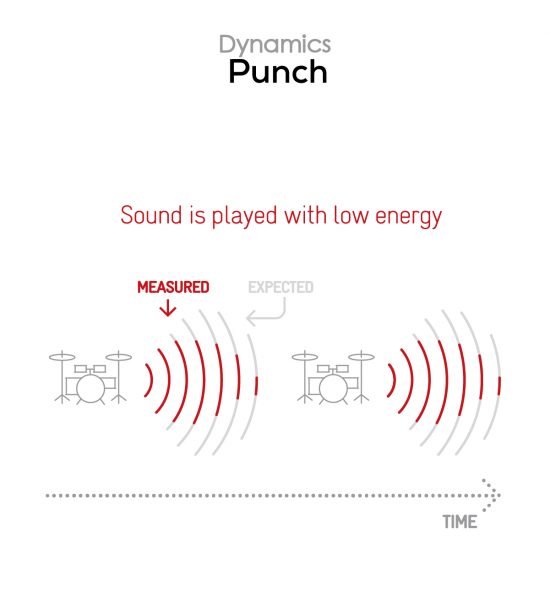


Spatial
Realme GT 2 Pro
162
The sub-attributes for spatial tests include pinpointing a specific sound's location, its positional balance, distance, and wideness.
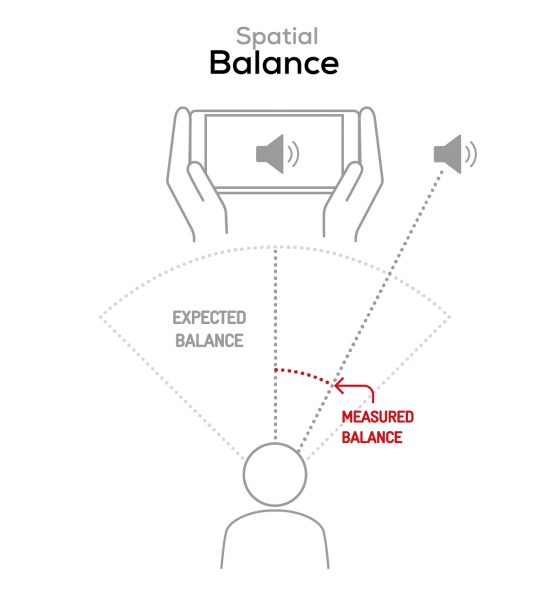
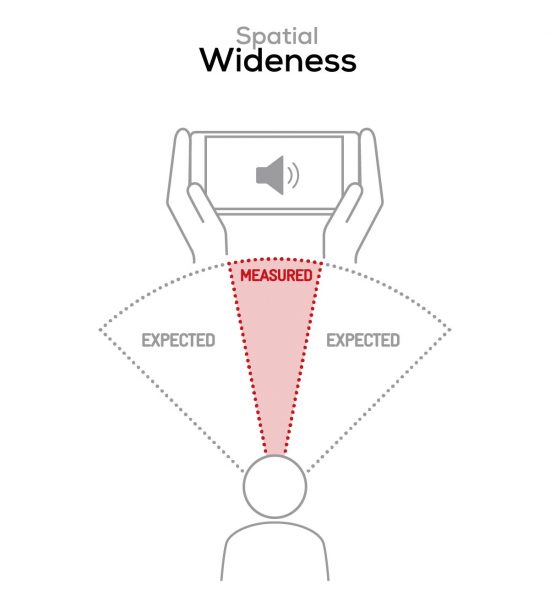

Volume
Realme GT 2 Pro
162
The Volume score represents the overall loudness of a smartphone and how smoothly volume increases and decreases based on user input.
| Hip-Hop | Classical | |
| Realme GT 2 Pro | 74.2 dBA | 69.5 dBA |
| Realme GT 5G | 76.3 dBA | 70.6 dBA |
| Oppo Reno6 Pro 5G (Snapdragon) | 73.9 dBA | 68.8 dBA |

Artifacts
Realme GT 2 Pro
157
The Artifacts score measures the extent to which the sound is affected by various types of distortion. The higher the score, the less the disturbances in the sound are noticeable. Distortion can occur because of sound processing in the device and because of the quality of the speakers.
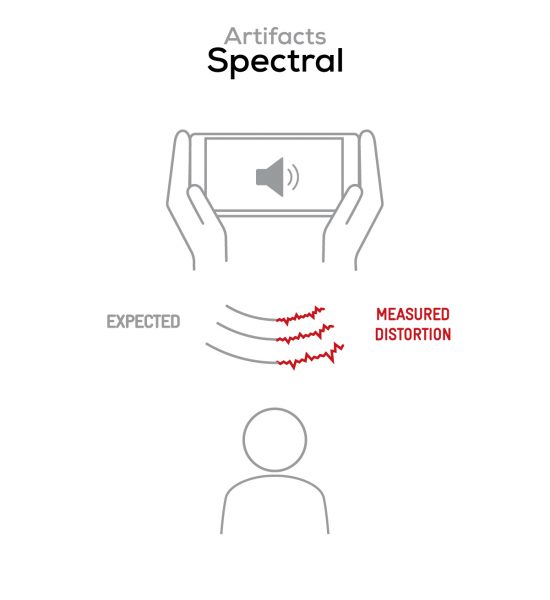

Recording
Realme GT 2 Pro
160
DXOMARK engineers test recording by evaluating the recorded files on reference audio equipment. Those recordings are done in our labs and in real-life conditions, using default apps and settings.
Here is how the Realme GT 2 Pro performs in recording use cases compared to its competitors:

Timbre
Realme GT 2 Pro
147
The Timbre score represents how well a phone captures sounds across the audible tonal range and takes into account bass, midrange, treble, and tonal balance. It is the most important attribute for recording.

Dynamics
Realme GT 2 Pro
146
The Dynamics score measures the accuracy of changes in the energy level of sound sources, for example how precisely a voice's plosives (the p's, t's, and k's, for example) are reproduced. The score also considers the Sound-to-Noise Ratio (SNR), for example how loud the main voice is compared to the background noise.

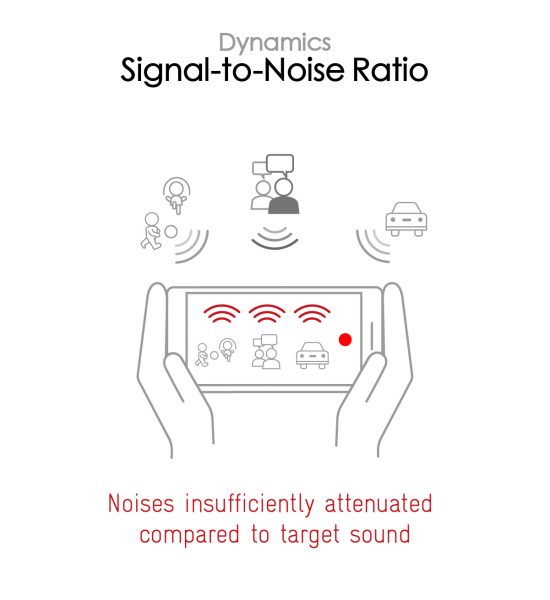

Spatial
Realme GT 2 Pro
159
The sub-attributes for spatial tests include pinpointing a specific sound's location, its positional balance, distance, and wideness on the recorded audio files.
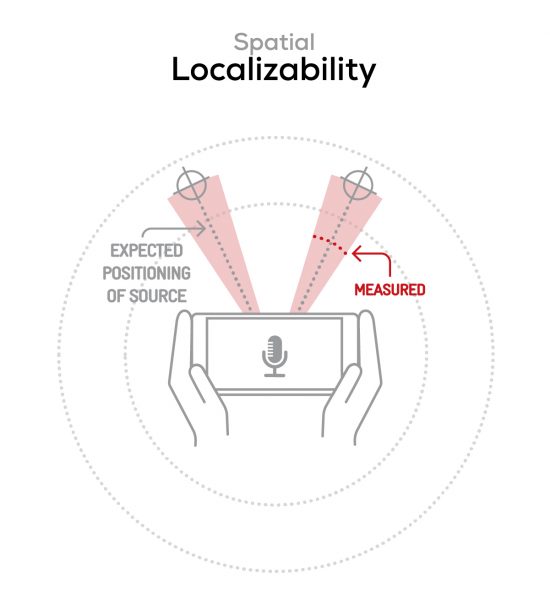
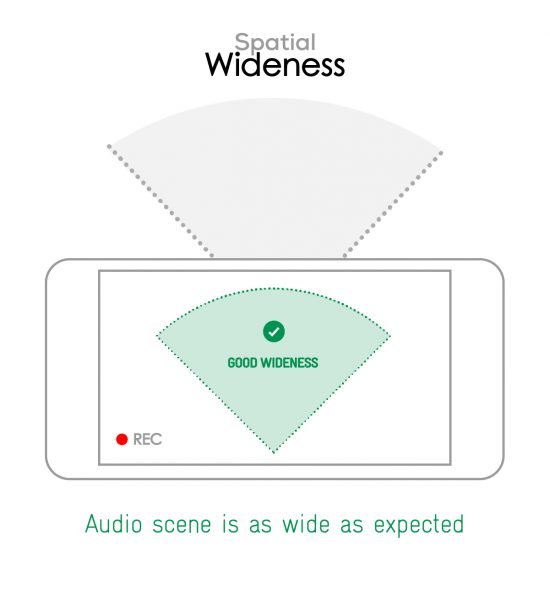

Volume
Realme GT 2 Pro
170
The Volume score represents how loud audio is normalized on the recorded files and the how the device handles loud environments, such as electronic concerts, when recording.
| Meeting | Life Video | Selfie Video | Memo | |
| Realme GT 2 Pro | -21.9 LUFS | -15.7 LUFS | -14.6 LUFS | -18.2 LUFS |
| Realme GT 5G | -19.7 LUFS | -15.1 LUFS | -14.3 LUFS | -16.7 LUFS |
| Oppo Reno6 Pro 5G (Snapdragon) | -21.6 LUFS | -16.6 LUFS | -15.4 LUFS | -17.1 LUFS |

Artifacts
Realme GT 2 Pro
145
The Artifacts score measures the extent to which the recorded sounds are affected by various types of distortions. The higher the score, the less the disturbances in the sound are noticeable. Distortions can occur because of sound processing in the device and the quality of the microphones, as well as user handling, such as how the phone is held.

Background
Realme GT 2 Pro
166
Background evaluates how natural the various sounds around a voice blend into the video recording file. For example, when recording a speech at an event, the background should not interfere with the main voice, yet it should provide some context of the surroundings.

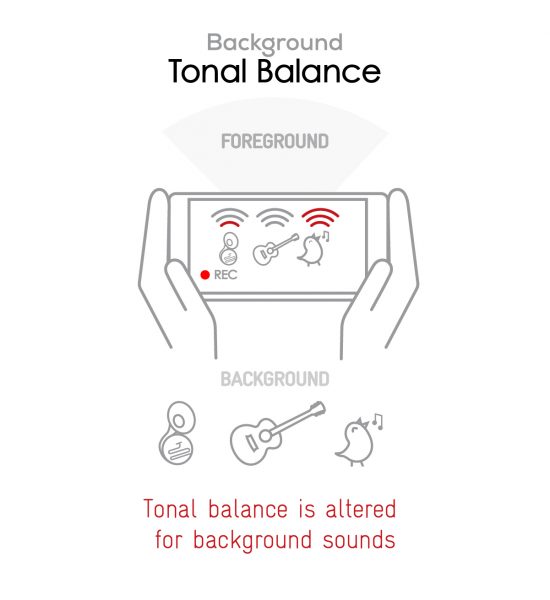



DXOMARK encourages its readers to share comments on the articles. To read or post comments, Disqus cookies are required. Change your Cookies Preferences and read more about our Comment Policy.